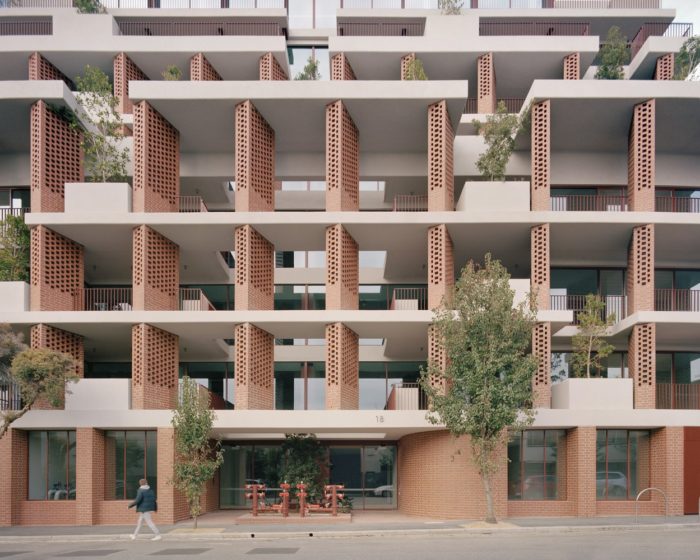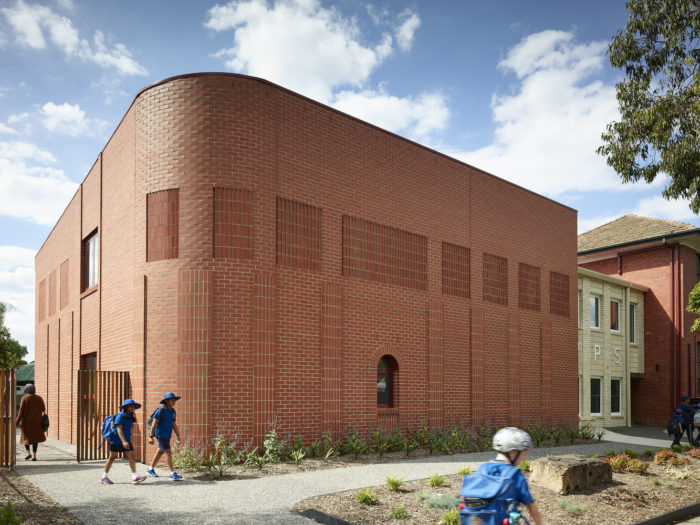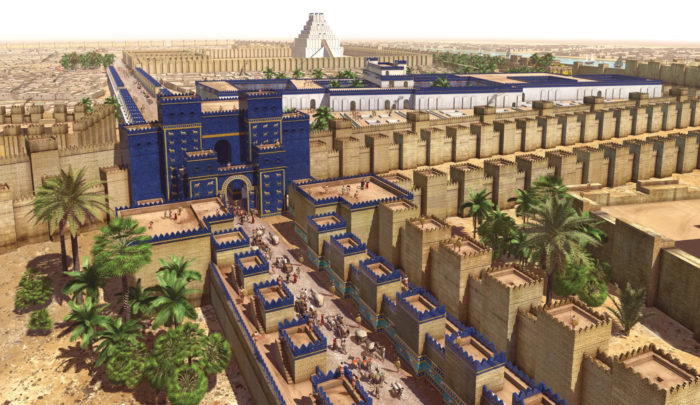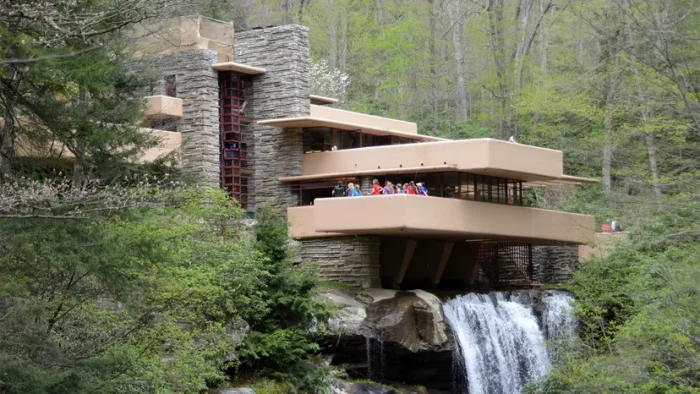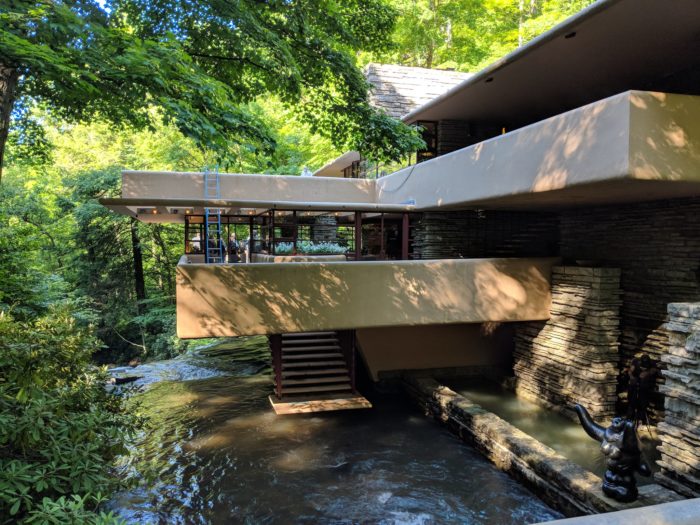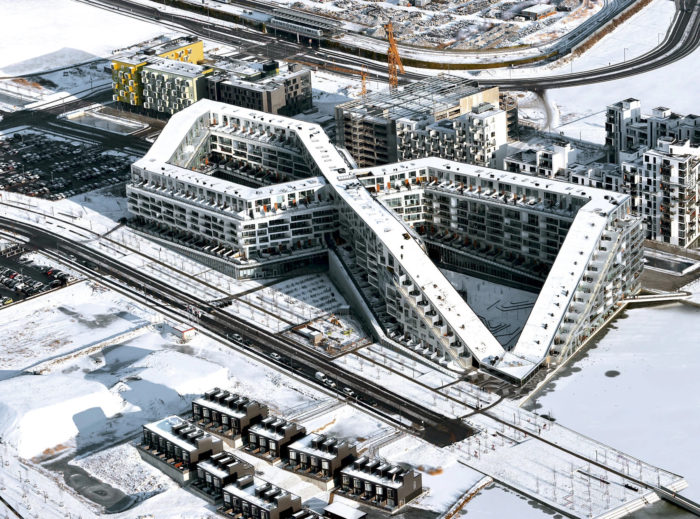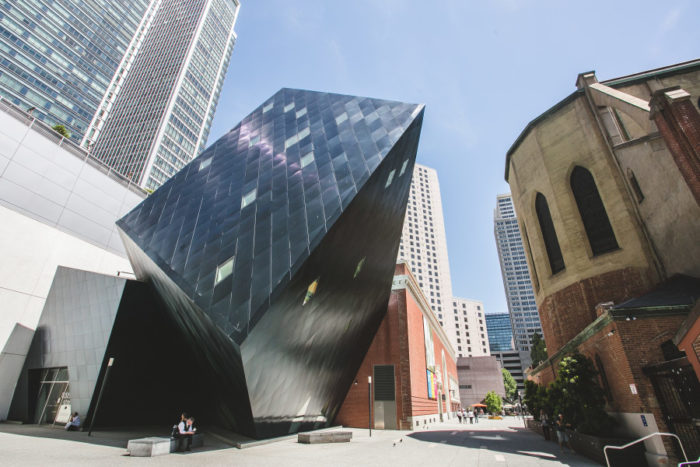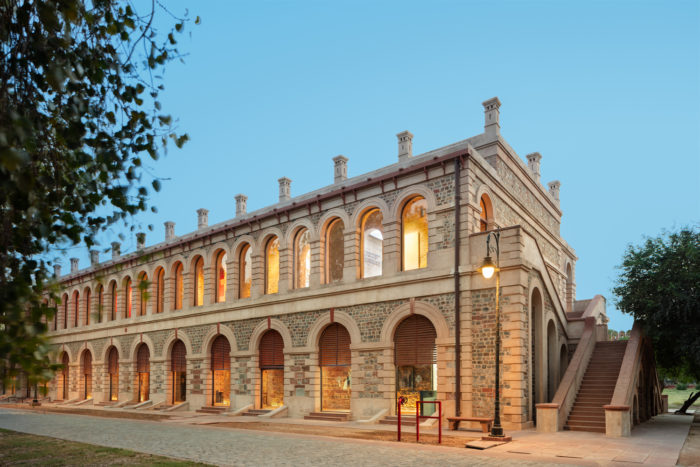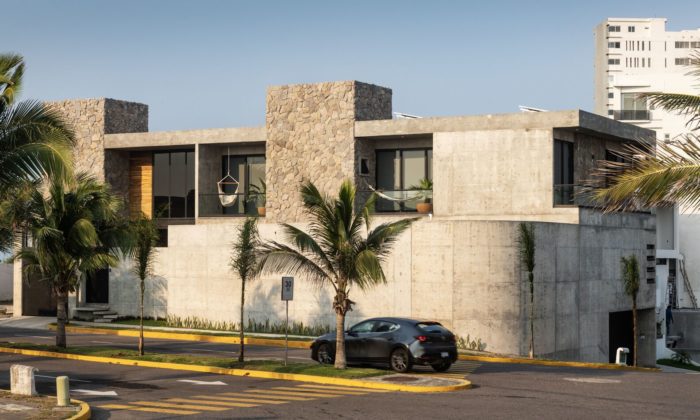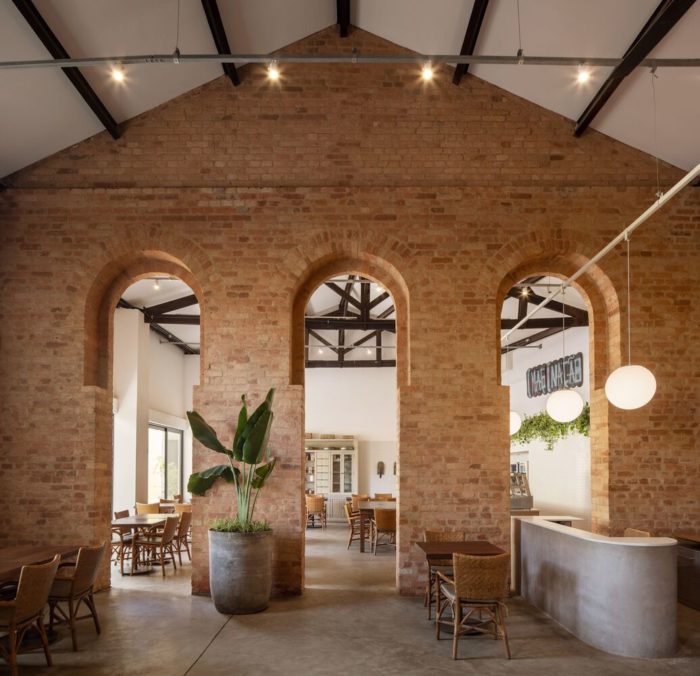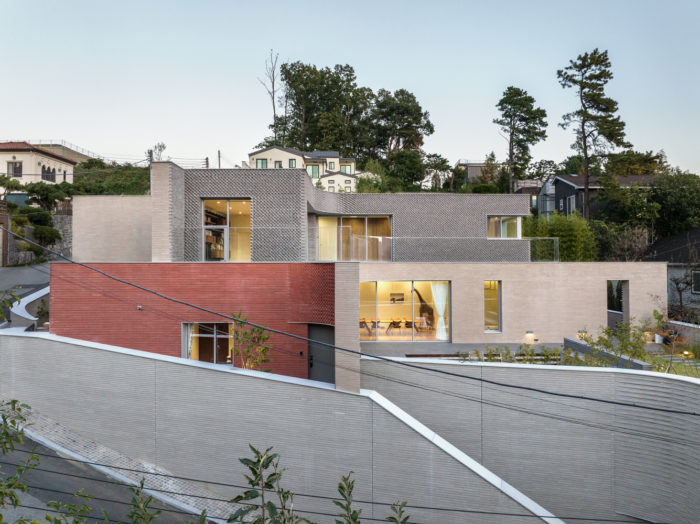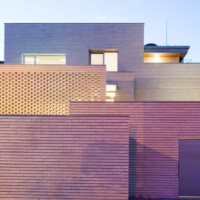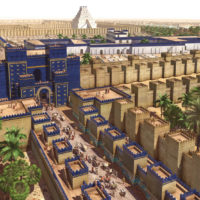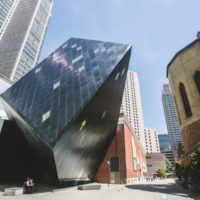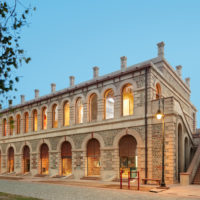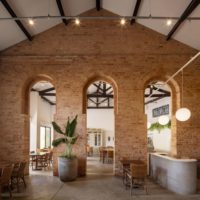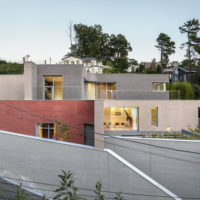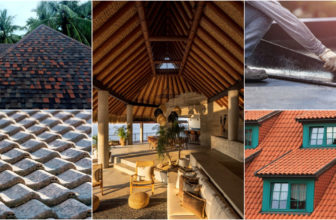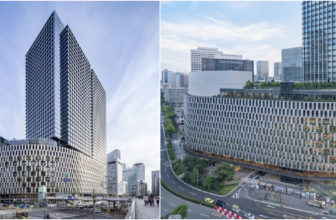Brick colors have an undeniable allure that has captivated architects, designers, and enthusiasts for centuries. From the warm embrace of red brick to the relaxed sophistication of gray, the spectrum of brick colors offers a rich palette for creating visually stunning and architecturally intriguing buildings.
The Enduring Allure of Brick Colors
Brick has been a staple in construction for thousands of years, offering durability, strength, and an earthy aesthetic appeal. Throughout history, different civilizations have utilized various brick colors to imbue their structures with unique character and charm. Today, the fascination with brick colors endures as modern architects continue to integrate this timeless material into their designs.
A Glimpse into History
Brick-making dates back to ancient civilizations, with evidence of its use found in the ruins of Mesopotamian cities and Roman structures. The art of brick-making evolved, and different regions began to embrace specific brick colors readily available from local clay sources. For instance, the distinctive red hue of the Tudor bricks in England became synonymous with the architectural style of that era.
What are the Different Brick Colors?
Brick is widely favored among architects aiming for a classic or weathered design look. Exposed brick walls are frequently celebrated as coveted features in apartments, restaurants, and shops. Moreover, when used for the outer façades of buildings or homes, brick can impart a sense of coziness and welcoming appeal. Nevertheless, the ambiance it exudes is significantly impacted by factors such as the hue and shape of the brick. For instance, white brick contributes to a more streamlined and straightforward design. In contrast, tan brick evokes a more rugged and natural feel. Join us on a colorful journey as we explore the world of brick colors, from their history to their contemporary applications.
1) Red Brick Elegance: Classic and Timeless
Red brick is perhaps the most iconic and widely recognized brick color. Its warm and welcoming tone can evoke a sense of nostalgia reminiscent of historic neighborhoods and cozy cottages. The allure of red brick lies in its versatility—it can effortlessly blend into traditional settings or provide a striking contrast in modern architecture.
A Real-Life Example is the Red Square in Moscow, Russia, surrounded by magnificent buildings crafted from red brick. The iconic State Historical Museum and the Kremlin’s walls proudly showcase the enduring charm of red brick.
2) The Rustic Beauty of Brown Brick
Brown brick embodies rustic charm and earthy elegance. Its muted tones create a sense of harmony with nature, making it a popular choice for homes in wooden landscapes or countryside. Brown brick exudes warmth and authenticity, making it an excellent option for those seeking a connection to natural aesthetics.
An example of this brick color is the Fallingwater house in Pennsylvania, USA, designed by Frank Lloyd Wright. It masterfully integrates brown brick into its organic architecture. The brown hues of the bricks harmonize with the surrounding woods and the cascading waterfall.
Also Read: 6 Houses Designed by Famous Architects to be Their Family Homes.
3) Exploring Beyond Tradition: Contemporary Brick Colors
While traditional brick colors hold a special place in our hearts, contemporary architects push boundaries by experimenting with captivating brick colors that reflect modern sensibilities.
-
Gray Brick Sophistication
Gray brick has become a go-to choice for architects aiming to convey modernity and elegance. Its neutral yet striking appearance allows for seamless integration into urban landscapes and minimalist designs. This versatile brick color, from light gray to charcoal, provides a sleek canvas for architectural creativity.
The 8 House in Copenhagen, Denmark, designed by Bjarke Ingels Group (BIG), features a unique silhouette adorned with gray bricks. The varying shades of gray contribute to the building’s dynamic façade.
-
The Bold Statement of Black Brick
Black brick offers an intriguing option for those seeking a touch of drama. This unconventional choice demands attention and conveys a sense of luxury and power. When used thoughtfully, black brick can create an astonishing contrast with surrounding elements, becoming the focal point of a design.
The Contemporary Jewish Museum in San Francisco, USA, designed by Daniel Libeskind, features a stunning extension covered in black brick. The juxtaposition of the black brick with the original building’s blue steel creates a visually captivating effect.
The Art of Selecting the Perfect Brick Color
Choosing the right brick color involves balancing the architectural style, the surrounding environment, and personal preferences. Here are some considerations to keep in mind:
1) Architectural Style
Different architectural styles naturally complement specific brick colors. For instance:
– Traditional and Colonial styles often pair beautifully with red or brown brick.
– Modern and minimalist designs may lean towards gray or black brick for a contemporary look.
2) Surrounding Environment
The natural landscape plays a crucial role in determining the ideal brick color. Consider:
– Urban Settings: Gray brick can harmonize with the concrete jungle, while red brick might add a touch of warmth.
– Countryside: Brown or earth-toned brick can blend seamlessly with nature.
3) Lighting Conditions
Brick colors can appear different under varying lighting conditions. Observing the brick samples under different lighting scenarios ensures the chosen color maintains its desired effect.
4) Brick Color Maintenance and Longevity
The durability of brick is one of its key attributes, and different brick colors may require varying levels of maintenance to preserve their appearance over time.
– Red and brown bricks often age gracefully, developing a charming patina that enhances their character.
– Light-colored bricks, such as gray, might fade less over the years than darker colors.
The world of brick colors is a captivating realm where tradition and modernity intertwine. Each color choice reflects a unique architectural statement, from the classic elegance of red brick to the boldness of black brick. Selecting a brick color is not just a design decision—it’s an exploration of history, aesthetics, and personal connection to the built environment. So, whether you’re designing a cozy cottage or a sleek urban dwelling, the charm of brick colors will undoubtedly continue to enchant and inspire generations.
- © Namgoong Sun
- Bruce Street Commercial Building / Carr. © Rory Gardiner
- © Derek Swalwell
- © Dorling Kindersley Limited
- © Russia.Tours
- © Alliance / Getty Images
- © Jon Fisher
- Courtesy of Studio Libeskind
- House Blvd Mandinga / Taller Multidisciplinar. © Mauro Falcón, Pablo Navajas
- Red Fort Center / Design Factory India. © Andre J. Fanthome
- © Dragor Luftfoto
- São Pedro Restaurant / VAGA. © Carolina Lacaz
- Omnibus House / SON-A. © Bojune Kwon
- © Lemay


